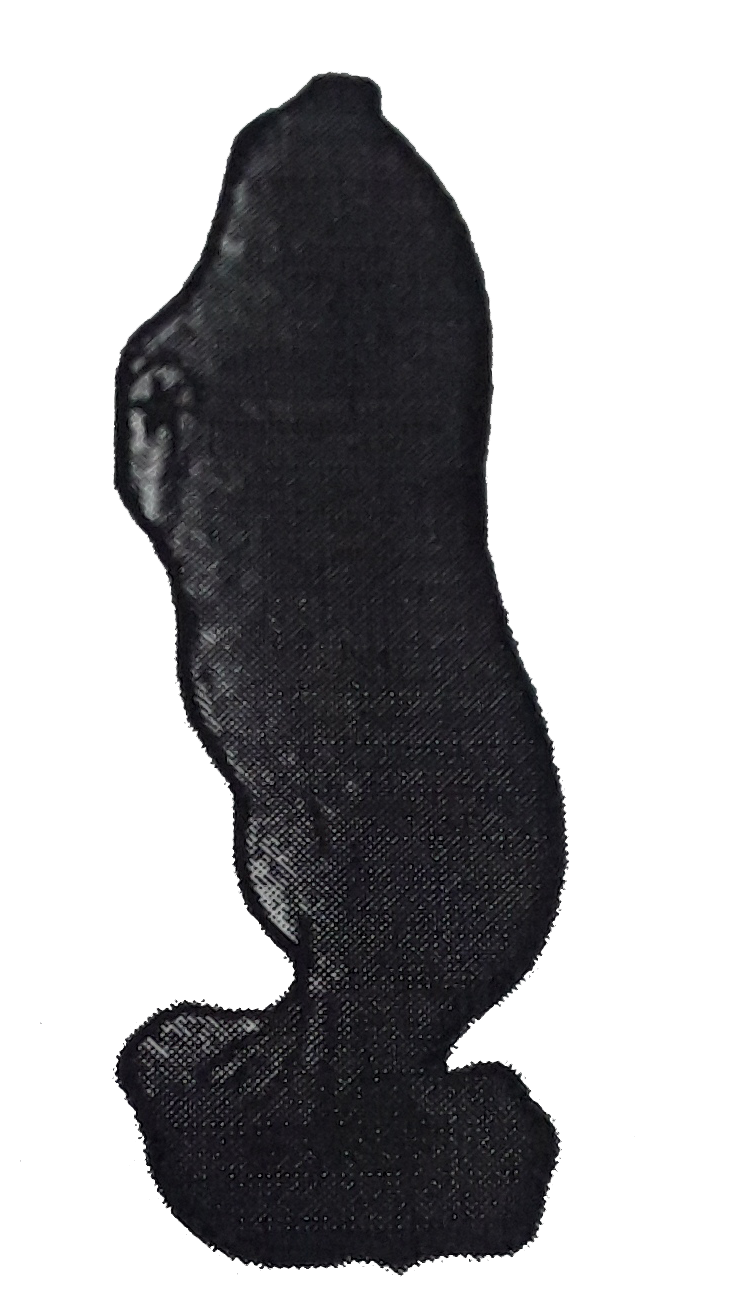Some characters are given below
i. Bilaterally symmetrical
ii. Triploblastic
iii. Segmented
iv. Coelomate
Which of the two phyla are characterized by the above all characters?
Annelida and Arthropoda
Annelida and Mollusca
Arthropoda and Mollusca
Arthropoda and Echinodermata
The correct Answer is:A
To solve the question, we need to analyze the given characteristics and determine which phyla exhibit all of them. The characteristics provided are:
1. Bilaterally symmetrical
2. Triploblastic
3. Segmented
4. Coelomate
Step 1: Understand the Characteristics
- Bilaterally symmetrical: Organisms can be divided into two identical halves along one plane.
- Triploblastic: Organisms have three primary germ layers: ectoderm, mesoderm, and endoderm.
- Segmented: The body is divided into repeated sections or segments.
- Coelomate: Organisms have a true coelom, which is a fluid-filled body cavity completely lined by mesoderm.
Step 2: Analyze Each Phylum
- Annelida:
- They are bilaterally symmetrical.
- They are triploblastic.
- They are segmented (e.g., earthworms).
- They are coelomate.
Therefore, Annelida meets all four characteristics.
- Arthropoda:
- They are bilaterally symmetrical.
- They are triploblastic.
- They are segmented (e.g., insects, crustaceans).
- They are coelomate.
Therefore, Arthropoda also meets all four characteristics.
- Mollusca:
- They are bilaterally symmetrical.
- They are triploblastic.
- They are generally unsegmented (e.g., snails, squids).
- They are coelomate.
Therefore, Mollusca does not meet the segmented characteristic.
- Echinodermata:
- They exhibit radial symmetry in adults but bilateral symmetry in larvae.
- They are triploblastic.
- They are not segmented.
- They are coelomate.
Therefore, Echinodermata does not meet the segmented characteristic.
Step 3: Conclusion
Based on the analysis, the two phyla that exhibit all four characteristics (bilaterally symmetrical, triploblastic, segmented, and coelomate) are Annelida and Arthropoda.
Final Answer:
The two phyla characterized by all the given characters are Annelida and Arthropoda.
---
2. Triploblastic
3. Segmented
4. Coelomate
- Bilaterally symmetrical: Organisms can be divided into two identical halves along one plane.
- Triploblastic: Organisms have three primary germ layers: ectoderm, mesoderm, and endoderm.
- Segmented: The body is divided into repeated sections or segments.
- Coelomate: Organisms have a true coelom, which is a fluid-filled body cavity completely lined by mesoderm.
- Annelida:
- They are bilaterally symmetrical.
- They are triploblastic.
- They are segmented (e.g., earthworms).
- They are coelomate.
Therefore, Annelida meets all four characteristics.
- They are bilaterally symmetrical.
- They are triploblastic.
- They are segmented (e.g., insects, crustaceans).
- They are coelomate.
Therefore, Arthropoda also meets all four characteristics.
- They are bilaterally symmetrical.
- They are triploblastic.
- They are generally unsegmented (e.g., snails, squids).
- They are coelomate.
Therefore, Mollusca does not meet the segmented characteristic.
- They exhibit radial symmetry in adults but bilateral symmetry in larvae.
- They are triploblastic.
- They are not segmented.
- They are coelomate.
Therefore, Echinodermata does not meet the segmented characteristic.
Based on the analysis, the two phyla that exhibit all four characteristics (bilaterally symmetrical, triploblastic, segmented, and coelomate) are Annelida and Arthropoda.
The two phyla characterized by all the given characters are Annelida and Arthropoda.
Similar Questions
Four characters ( a -.d) are given below . Which two are CORRECT about phylum arthropods ?
(i) it is the largest phylum of animal kingdom .
(ii) one third of all named species on earth are arthropods.
(iii)They are bilaterally symmetrical , triploblastic and segmented animals .
(iv) The body is covered by calcareous exoskeleton.
View SolutionRead the following statements :
i. Open type circulatory systems are found in Arthropods.
ii. Pseudocoelomates are bilaterally symmetrical.
iii. Most of the sponges are radially symmetrical.
iv. Platyhelminthes have a tissue level of organization.
How many of the above statements are incorrect?
View Solution
Knowledge Check
Given below are three statements regarding Aschelminthes.
(i) They are bilaterally symmetrical and triploblastic.
(ii) They are dioecious.
(iii) All are plant or animal parasites.
Select the option that has both the correct statemets.A(i) and (iii)B(i) and (iii)C(ii) and (iii)DNone of these
Given below are some organisms.
I. Fowl II. Humans III. Grasshopper
Following alphabets related to the above animals.
Male homogametic-A
Female heterogametic-B
Male heterogametic -C
Female homogametic -D
Which of the following option correctly describes the above animals in terms of sex determination?
View SolutionRead the characteristics given below. I. Pseudocoelom II. Viviparity III. Moulting Endoparasite that exhibits the above character is
View SolutionRead the following characters carefully
(a) Organ system level of organisation
(b) Sexes are separate
(c) Internal fertilization
(d) Bilateral symmetry
(e)Pseudocoelomate
How many animals given below consists of all the characters mentioned above a , b , c , d and e ? Ascaris , Ancyclostoma , Nereis , Earthworm , Taenia , Liver fluke
View SolutionRead the following characters.
i. Diadelphous condition
ii. Vexillary aestivation
iii. Non - endospermic seed
The above characters belongs to family
View SolutionSelect the correct options for given animals
(i) Diploblastic/Triploblastic
(ii) Acoelomate/Pseudocoelomate/Eucoelomate
(iii) Chordate/Non chordatae
(iv) Vertebrate/Invertebrate
(v) Urochordate/Cephalochordate

View SolutionSome characters are given below. Which of them are true for the cyanobacteria?
a) Oxygenic photosynthesis b) Non-oxygenic chemotrophism
c) Oxygenic chemotrophism
d) Ability of N2 fixation.
View SolutionIdentfy the correct sequence of plants in the order of characters gives below I. Oveles borne along the ventral suture of unilocular overy II. Overes develop all around the inner surface of septa in a multilocular overy III. Overes borne on the inner walls of overy with false septum/septa
View Solution
